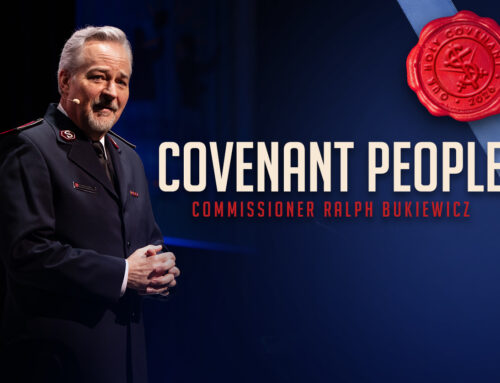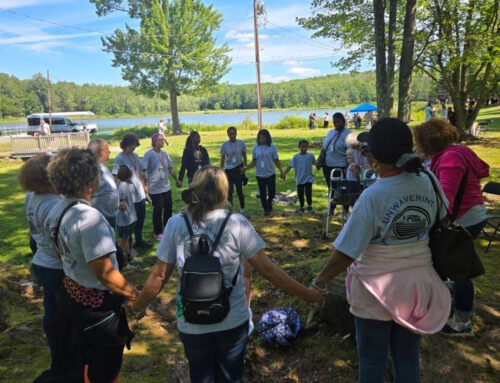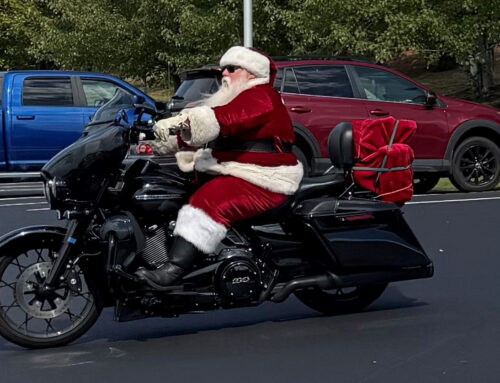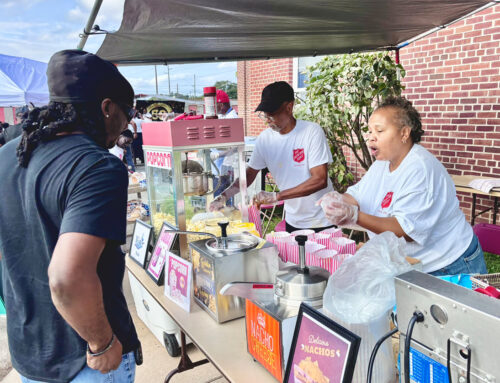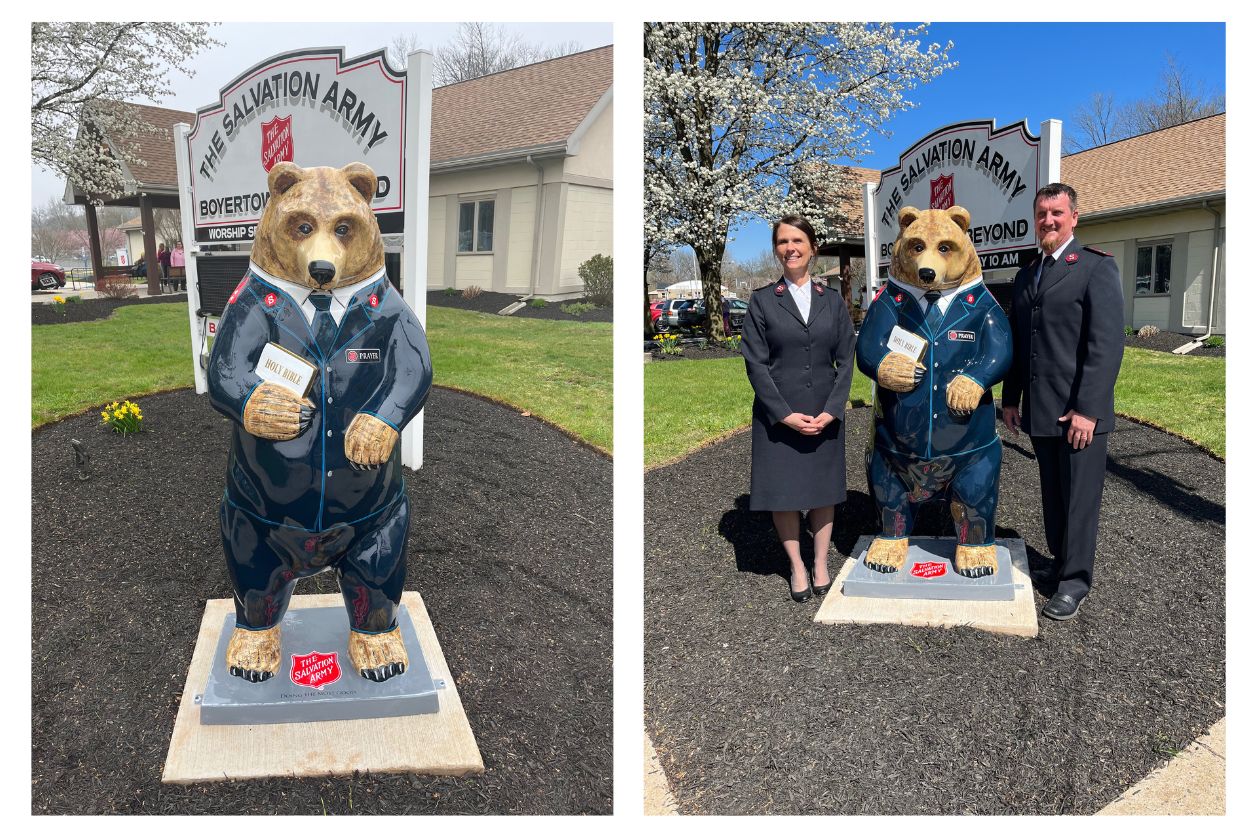
Prayer Bear in Boyertown
By Robert Mitchell
They’ve got “Bear Fever” in Boyertown, Pa., and The Salvation Army got into the festivities by creating a bear in prayer. In fact, his name is Prayer.
Captain Joseph Smith said the collaborative art project known as Bear Fever involves 81 different customized bears to help bring the community together. The high school mascot in Boyertown is a bear.
The Salvation Army’s bear, which debuted in time for Good Friday services, is dressed as an officer who is holding a Bible. His head is slightly bowed, as if in prayer. He even wears a “Prayer” nametag.
Captain Smith said the Bear Fever campaign “draws attention to the community” and brings in plenty of tourists who come to see the artwork.
“People love to go around and see all the bears and take pictures,” he said. “We’ve already had a ton of people stopping and taking pictures with the bear. For us, it was a way to get us more into the community and for people to come onto the property and see the facility and the bear. Some of them wouldn’t normally come on the property. It’s a way for us to bring awareness of The Salvation Army because we’re part of the community and praying for the community.
“It’s just a reminder, as you drive by, that The Salvation Army is praying for the community.”
The life-size, fiberglass bears are purchased in one stance but can be customized.
Mark Malizzi, the Salvation Army advisory board chairman in Boyertown, modified Prayer Bear and told The Mercury, a local newspaper in Boyertown, that the Bible and bowed head “just leads my heart to the Bible and how we need to love and care about our neighbors.”
Captain Joseph said “everything was donated” for The Salvation Army’s bear and the community response has been positive.
“Everyone loves the bear and think it looks fantastic,” he said. “They like the background and why we call it a prayer bear.”
The Bear Fever website (bearfever.org) said the project began in 2003. The organizers “wanted to bring the community together through participation in a community art project that was inspired by Chicago’s 1999 art installation. That exhibit included over 300 life–size fiberglass cows. Washington D.C.’s art exhibition of 2002 entitled “Party Animals” was also a source of inspiration.

